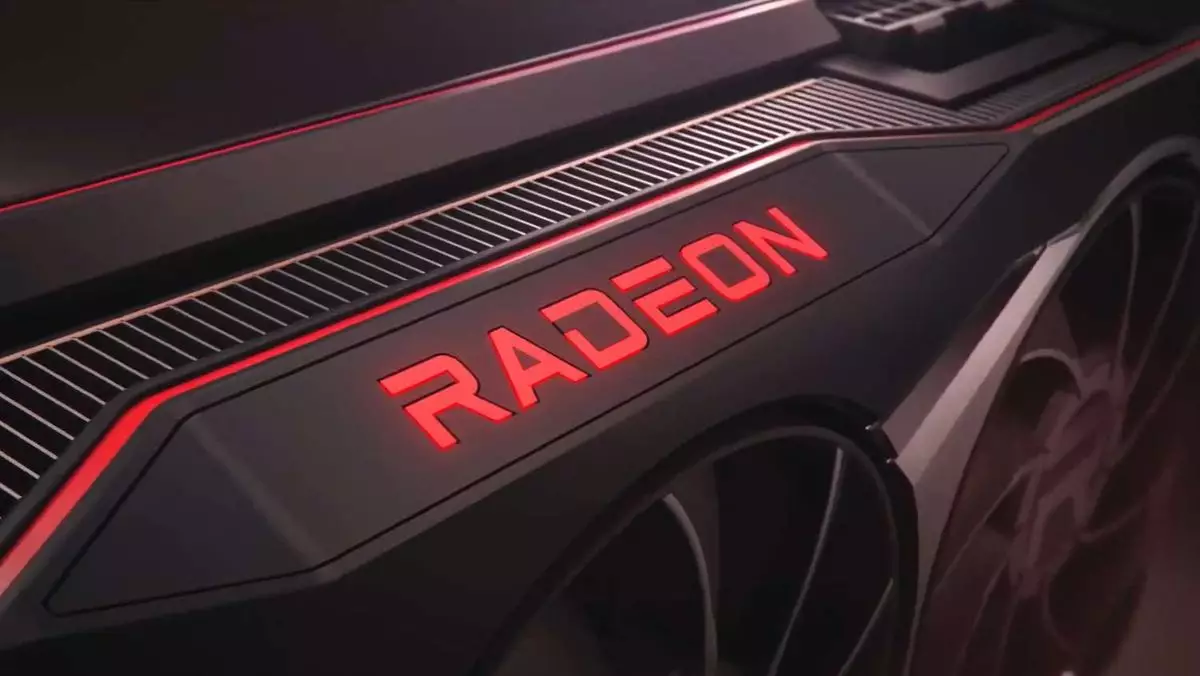As we approach the end of the year, the gaming landscape becomes increasingly dynamic, especially with the release of high-profile titles that many players are eager to explore. Amidst this flurry of activity, AMD finds itself at a critical juncture. Historically positioned as a strong competitor in the graphics card sector, AMD has faced challenges in ensuring equal support for the latest game releases compared to its rivals. With the recent launch of the Adrenalin Edition 24.12.1, the company aims to rectify this perceived lag and bolster its standing among gamers.
With the 24.12.1 update, AMD’s Adrenalin software now officially supports several anticipated games, including Stalker 2 and Microsoft Flight Simulator 2024. This newfound compatibility is critical for AMD users eager to dive into these immersive worlds over the holiday season. The inclusion of games like Dragon Age: The Veilguard and Marvel Rivals in this release is notable as it may signal AMD’s commitment to enhancing user experience for an expanding library of titles. These updates suggest that AMD may be shifting gears to catch up with their competitors, who have continuously garnered praise for effective game support.
Beyond just adding new game support, the update tackles several previously reported issues. Major gaming titles such as Monster World and Fortnite have experienced crashes and performance hiccups for users with Radeon RX 5000-series cards; these have now been addressed with this new driver release. For gamers reliant on streaming platforms like Twitch, the new update also aims to solve issues with H.264 encoding on OBS, a widely used software among content creators. This attention to technical details positions AMD as responsive to user feedback and eager to improve the overall gaming experience.
However, despite these advancements, users have reported persistent issues, such as limitations with the Windows Subsystem for Linux and inconsistencies in HEVC encoding while using OBS Studio. While AMD acknowledges these problems, the lack of a definitive timeline for resolution may leave many users in limbo, particularly those utilizing specialized configurations for their gaming and streaming needs.
The AMD Software: Adrenalin Edition is more than just a driver installation tool; it serves as a centralized hub for managing graphics settings and monitoring performance. Features such as FreeSync, Radeon Chill, and Radeon Blast allow users to fine-tune their gaming experience based on personal preferences. These customization options are essential for gamers seeking to unlock the full potential of their systems or increase the efficiency of their setups. Given the competitive landscape, such features differentiate AMD from Nvidia, which also offers flexibility in adjusting performance characteristics.
Still, it’s worth noting that even with these enhancements, many gamers remain skeptical about AMD’s overall performance compared to Nvidia’s offerings. Recent performance analyses indicate that AMD’s RX 5700 XT struggles in demanding scenarios, particularly at 4K resolutions when compared against the capable RTX 3060 Ti. While the latest updates may help improve this, the historical performance discrepancies have not gone unnoticed and continue to dampen AMD’s reputation among serious gamers.
Looking ahead, AMD’s commitment to keeping its drivers updated and its software platform user-friendly will be crucial for the company as it navigates an intensely competitive market. With more players turning toward high-performance gaming, AMD will need to continuously refine its offerings to match growing expectations. The gaming community’s pulse is keenly attuned to performance metrics, and any setbacks or inconsistencies can lead to gamers opting for alternative solutions.
Ultimately, while the recent Adrenalin Edition 24.12.1 update includes several positive changes and shows AMD’s willingness to adapt, the company must remain vigilant and proactive in addressing user concerns and performance metrics. Adopting a strong customer-centric approach will not only attract new users but also retain existing customers who may be questioning their current investments in AMD’s technologies. The end of the year presents a critical opportunity for AMD to assert its presence in an evolving gaming landscape, and how well they capitalize on these developments will determine their trajectory heading into the new year.

